When do you plan to replace your university's old CAFM software?

Greg Jarboe
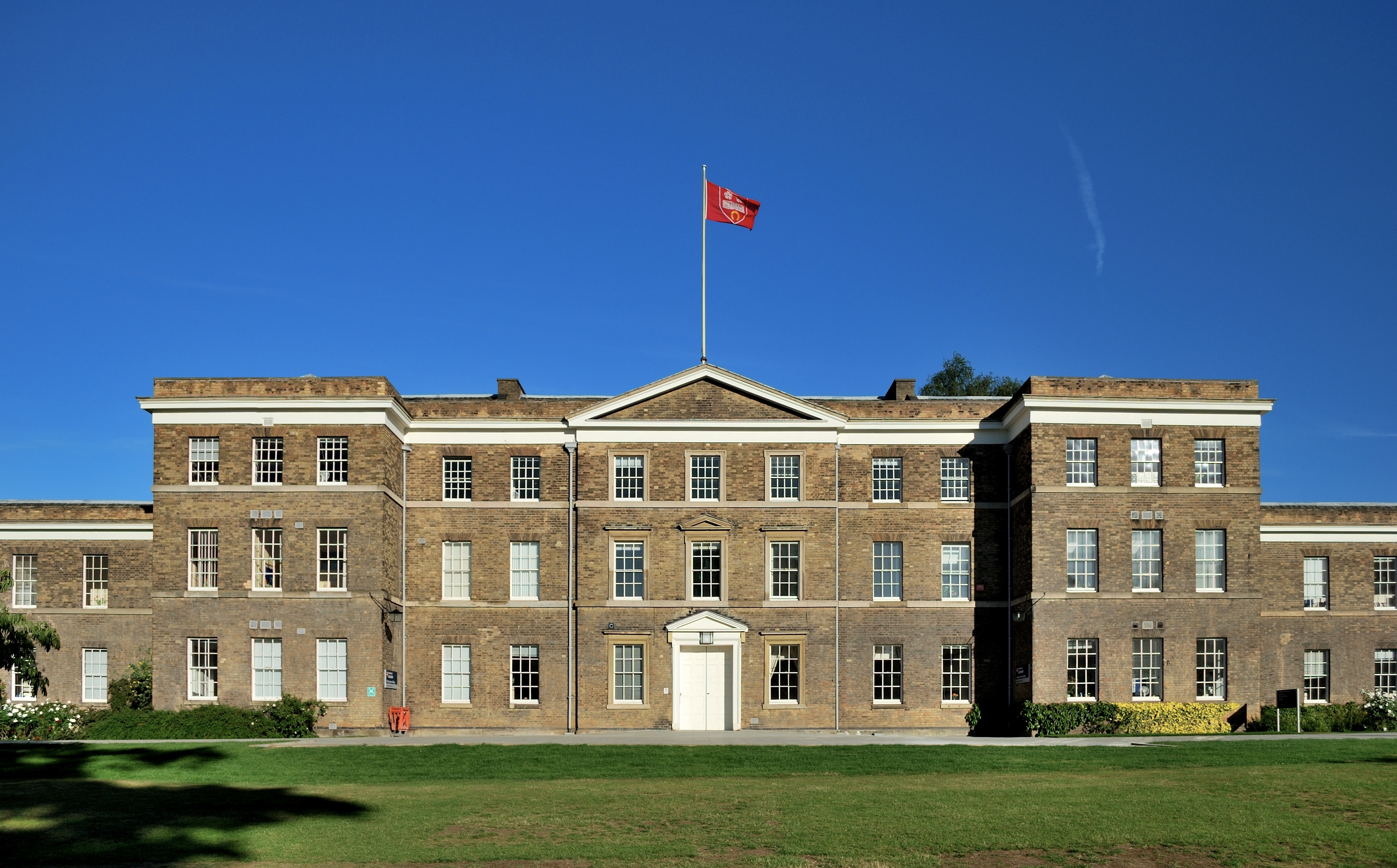
Many universities in the UK and US invested in computer-aided facility management (CAFM) software several years ago as a point product for tracking space use and managing moves. While it wasn’t a comprehensive solution, CAFM software provided these British and American universities with numerous benefits.
For example, CAFM software helped facility managers to increase the utilization of space and facilities, reduce moves and reallocations, plan preventative maintenance, efficiently execute reactive maintenance, standardize services, and streamline processes. Ultimately, information from CAFM software allows managers to improve long-term planning of space, facilities, maintenance, services and budgets to ensure full alignment with core business scenario planning.
However, the set of options and solutions that universities in the UK and US can consider has expanded over the years as new technologies, products, suppliers, and services have emerged. This has prompted some farsighted facilities managers on both sides of the pond begin asking: “Should we start planning to replace our university’s old CAFM software?”
CAFM or IWMS
That’s a great question. So, is the best facilities management solution still CAFM software, or is it now an integrated workplace management system (IWMS)?
To get a UK perspective on this question, read Dale Ruddy’s post “5 key questions to ask when selecting the right Estates or Facilities Management System for your University.” He says, “Choosing the right software solutions that support University Estates Departments can be a challenging task, even at the best of times. There are many different acronyms involved; CAFM, CMMS, IWMS, BIM, IOT - it can feel overwhelming & confusing, even for the seasoned industry professional. Even the terms used when searching can be confusing – do I search for a Facilities Management System, an Estates Management System, a Property Management System or something else entirely?”
For a US perspective, you can read my post, “What you need to know about the difference between IWMS and CAFM.” I explain why the difference between an IWMS and CAFM software isn’t trivial.
A point product, CAFM software is primarily used as a space planning and asset management tool.
A comprehensive solution, an IWMS integrates:
- Real Estate & Lease Management: You need to track and manage your portfolio of facilities all in one platform. From financial accounting to automatic lease management to strategic planning, an IWMS can make your everyday responsibilities a little less daunting.
- Space Management: You don’t work in a silo, and neither should your facility management software. An IWMS can give you visibility across your entire inventory for better informed decisions that make planning for the future easier than in the past.
- Operations & Maintenance: You need to run your campus with confidence and stay proactive, solving problems before they arise with an all-in-one operations and maintenance solution. Since an IWMS offers you information about your entire campus, increased visibility means that operations and maintenance can run smoothly, and issues can be addressed before they become a problem.
- Construction Project Management: You need a construction financial management solution built to ensure the project’s needs are met and that the project comes in on time and under budget. An IWMS enables you to manage facility transitions from construction to operation enjoying the benefits of a fully integrated solution unifying project data with contract management, operations and maintenance, asset and assessment data.
- Assessment & Needs Analysis: Can you store both asset lifecycle and deficiency data in the same platform for increased quality of information and more credible data? An IWMS enables you to plan for your campus’s needs with a single platform, which integrates with operations and maintenance as well as capital planning and project management.
- Utility Management: Can you make smarter, better informed decisions with utility management services in a fully integrated package? An IWMS eliminates the difficulties associated with meter hierarchies while providing energy usage pattern analysis to help inform your future decisions.
- Reporting and Analytics: Can you get insight and peace of mind with your analytics solution? An IWMS helps you stay ahead of the curve and keep your campus on track for growth, even as the education industry changes.
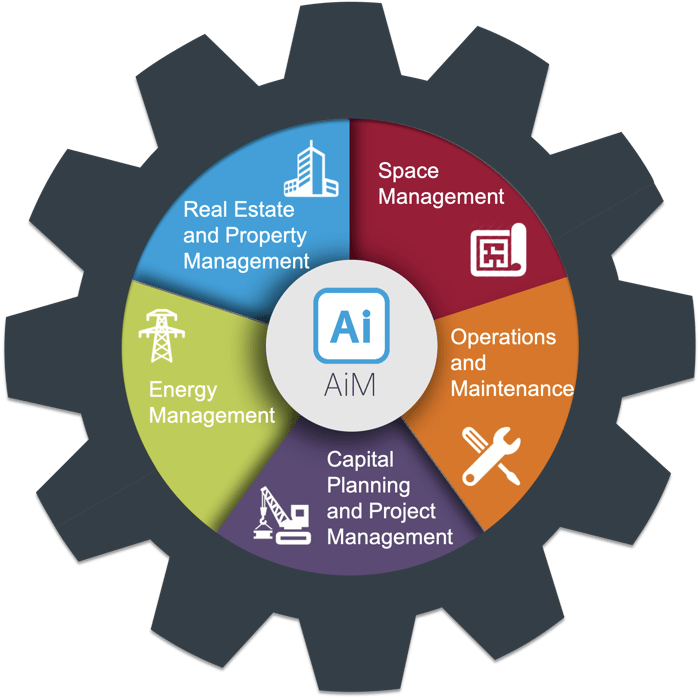
In other words, both of us are encouraging thought leaders in facilities management to begin asking themselves: Is time to put the CAFM in the Museum of Obsolete Objects along with the fax machine, rotary telephone, floppy disk, typewriter, and pocket calculator? And, since you invested a lot of time and effort in gathering the data for your old system, is there a new solution that eliminates the need for double and costly data entry, as well as development costs associated with complex integrations?
We’re also encouraging facility and real estate managers on both sides of the pond to start considering new and innovative approaches to meet the future needs of their universities. As a campus facility or real estate professional, you need to ensure that your existing infrastructure, as well as new investment in buildings and facilities, is aligned with these changing approaches.
Who uses an IWMS in the UK or the US?
Now, it’s a pity that there isn’t a scrappage scheme in the UK or a cash for clunkers program in the US to encourage universities to replace their old CAFM software with a new IWMS. But, you can still encourage the decision-makers at your university to consider replacing what you currently have by sharing the success stories of other public sector institutions that use an IWMS in the UK or US.
You can start by reading Sean O’Brien’s posts, “The University of Leicester's 3-Year Journey to Adopt an IWMS,” and “Part 2: The University of Leicester's 3-Year Journey to Adopt an IWMS.” These posts tell the story of the University of Leicester's experience adopting a new IWMS with AssetWorks.
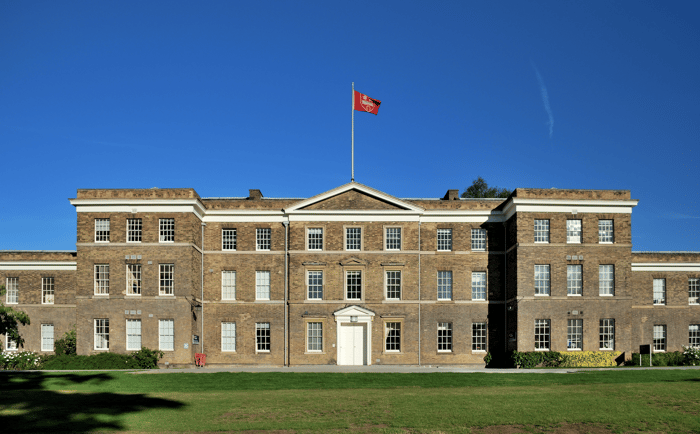
The posts are based on interviews with Anne Harvey, Associate Director of Estates and Campus Services at The University of Leicester. And, she says, “Probably the biggest win is the increased visibility of data from anywhere. Like the rest of the UK we are now mostly working from home and by having a solution we can access from any browser we can check and search for information from any device, mobile or PC. I know we recently had a property incident and whereas before our Insurance Team would have been waiting for information, they can now go on and read the ticket and notes without even having to boot up their laptop.”
Nevertheless, as the titles imply, you will want to start thinking about adopting a new system long before you begin looking for resources to help you draft an IWMS RFP.
Next, you should read O’Brien’s four posts about “Implementing a Best-In-Class IWMS on Any Budget.”
- Part 1 explains that many facilities executives invest in an IWMS with the expectation that it will transform their department into a more efficient, streamlined organization with valuable metrics and financial reporting at their fingertips. These are results you can expect, especially with careful planning, review and consideration of existing processes, a time investment from key individuals, and total support from your leadership team to help ensure success with implementation.
- Part 2 discusses how an IWMS is essentially a blank slate that will be implemented by several contributors with varying objectives, levels of expertise, and priorities. That being said, proper planning requires so much more than just a project plan. You need someone who can connect the dots and create that bridge between planning and execution that will greatly reduce the risk of a failed implementation.
- Part 3 talks about how during implementation, an organization can fall into the old way of doing things. I’m sure you’ve heard it before. “I wasn't trained; nobody told me I had to do that; the screen is too small; I don’t get it.” Maybe these things are true, or maybe your employees are resisting change. Hosting group training works well for overviews, but where you may really see success is having quick 5-10-minute individual sessions covering topics your employee(s) find difficult to master.
- Part 4 analyzes 18-month journey that Jenelle Feddersen, Manager of Business Operations of Facilities Management at Oklahoma State University (OSU), and her team took that brought many positive changes to the organization, including the implementation of an IWMS to support the newly organized department with more transparent, streamlined, and cost-effective processes.
As you can see, OSU’s Next Level Project, which earned the prestigious APPA 2017 Effective and Innovative Practices Award, combined a best-in-class IWMS with the help from a team of industry professionals averaging over 15 years of experience in higher education and facilities management.

Finally, you should read Kevin Raasch’s post “How the State of Alaska Tackles Statewide Deferred Maintenance.” Now, I realize that Alaska isn’t a university. But, it’s the largest U.S. state by area. Alaska is approximately 1,481,348 square kilometers, while the United Kingdom is approximately 243,610 square kilometers, making Alaska more than six times larger than the UK.
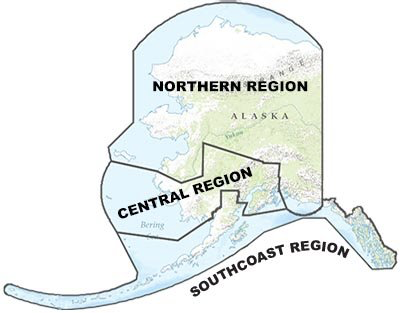
And Alaska’s Division of Facilities Services (DFS) maintains over 2,000 facilities across 14 agencies with a combined 19 million square feet of space and an overall replacement value of $8.6 billion USD, which is almost £6.2 billion GBP! Universities in the UK can learn a lot from this public sector organization.
In fact, you should also read Raasch’s post “The State of Alaska wins AssetWorld's 2021 Steve Deines' Achievement Award.” It’s worth noting that Alaska’s Department of Transportation and Public Facilities (DOT&PF) spent 18 months developing the system requirements and researching available options and issued an IWMS RFP three years ago in 2018.
And In just over 12 months since their deployment, the State of Alaska has:
- Achieved a holistic and transparent view of the state’s building asset portfolio,
- Installed systematic procedures, best practices, and performance metrics,
- Centralized a location to house all facilities data and information related to their properties,
- Installed automatic and recurring KPI metrics reporting.
Today, the State of Alaska has a clearly defined vision for centralized facilities management and their stewardship is consistent and predictable. The state has established a continuous, transparent, and
results-based program to accomplish deferred maintenance and energy-efficient improvements.
Start planning for the future of facilities management today
As the three examples above illustrate, you need to begin planning for the future of facilities management in 2021 if you expect to see results in the next 18 months to 3 years. Why? Because the process of replacing your old CAFM software with a new IWMS isn’t as simple as a car scrappage scheme or cash for clunkers program.
So, there’s two more posts that I recommend that you read. One’s entitled, “Why you should ring up Paul Sharp about facilities management systems.” Sharp is the Account Director for AssetWorks in the UK. He’s an MBA qualified, highly experienced sales professional with over 30 years of experience selling highly complex IT / Software solutions to the UK Public Sector.
He understands the challenges facing a director of facilities at a university with a complex infrastructure and changing needs. He also recognizes opportunities that you would be interested in talking to him about in 2021.
The other post is entitled, “5 reasons why you should contact Marshall McSpadden for IWMS solutions.” McSpadden is the Account Executive at AssetWorks in the US. He’s a technology specialist with over 20 years of experience in the field, including sales engineer, software architect, and Cloud services.
You can contact them by filling out the form on AssetWorks’ Contact Us page. They’ve got the experience and expertise to help you get where you want to go – even if you aren’t planning to draft an IWMS RFP for another 18 months to 3 years.
About Greg Jarboe
Greg Jarboe is the president and co-founder of SEO-PR, which has provided services to the University of the Pacific, the University of Pennsylvania, Rutgers University, and Dickinson College. Greg has been an instructor in several Rutgers Business School Mini-MBA programs.
Greg graduated from the University of Michigan, which was founded in 1817, but spent his junior year at the University of Edinburgh, which was founded in 1582, making it one of Scotland’s ancient universities and the sixth oldest university in the English-speaking world. That’s when he had his first bite of haggis at a Burns Supper.
Read On

5 key questions to ask when selecting the right Estates or Facilities Management System for your University
Choosing the right software solutions that support University Estates Departments can be a...
Learn more arrow_forward
What you need to know about the difference between IWMS and CAFM
I’ve waited a couple of weeks to write this post about the significant differences between...
Learn more arrow_forward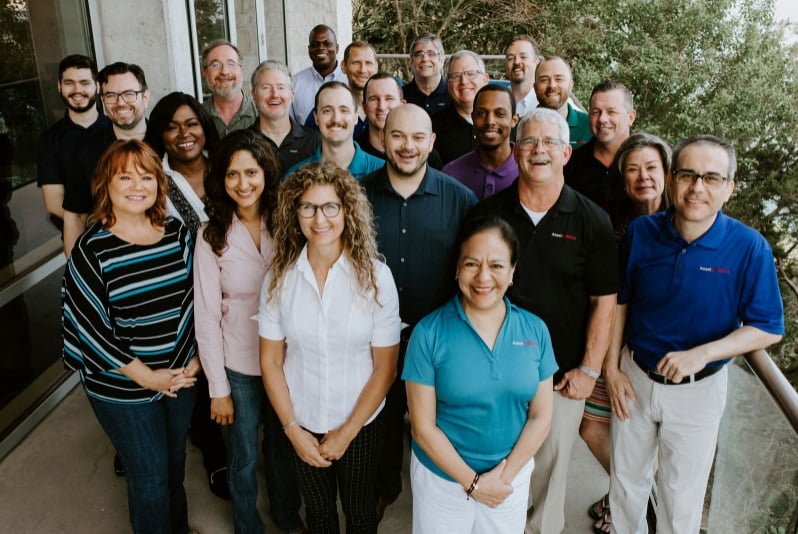
Typical facilities software vs #1 facilities management software
There are a number of facilities management software companies out there. Many are focused on the...
Learn more arrow_forward